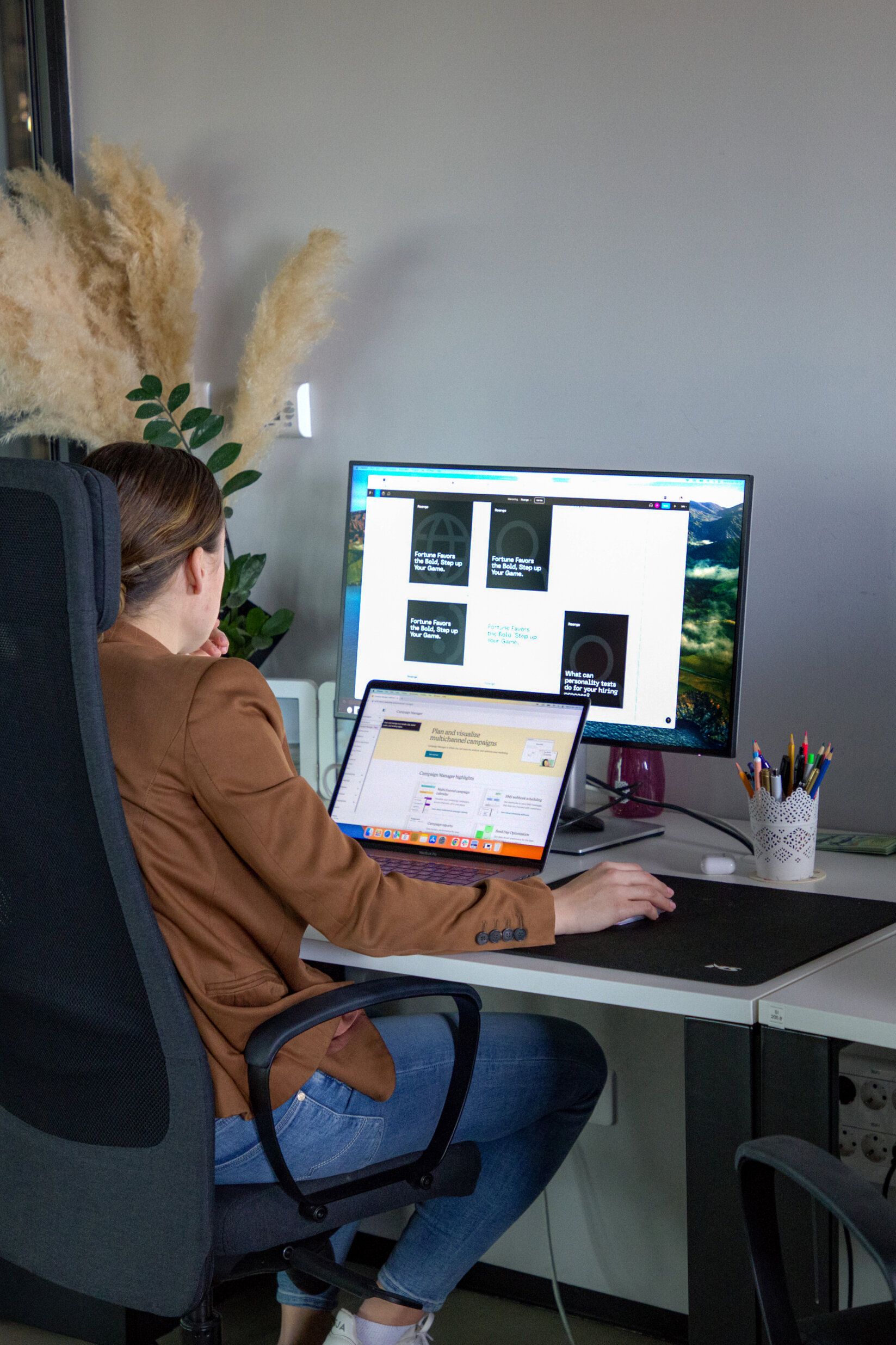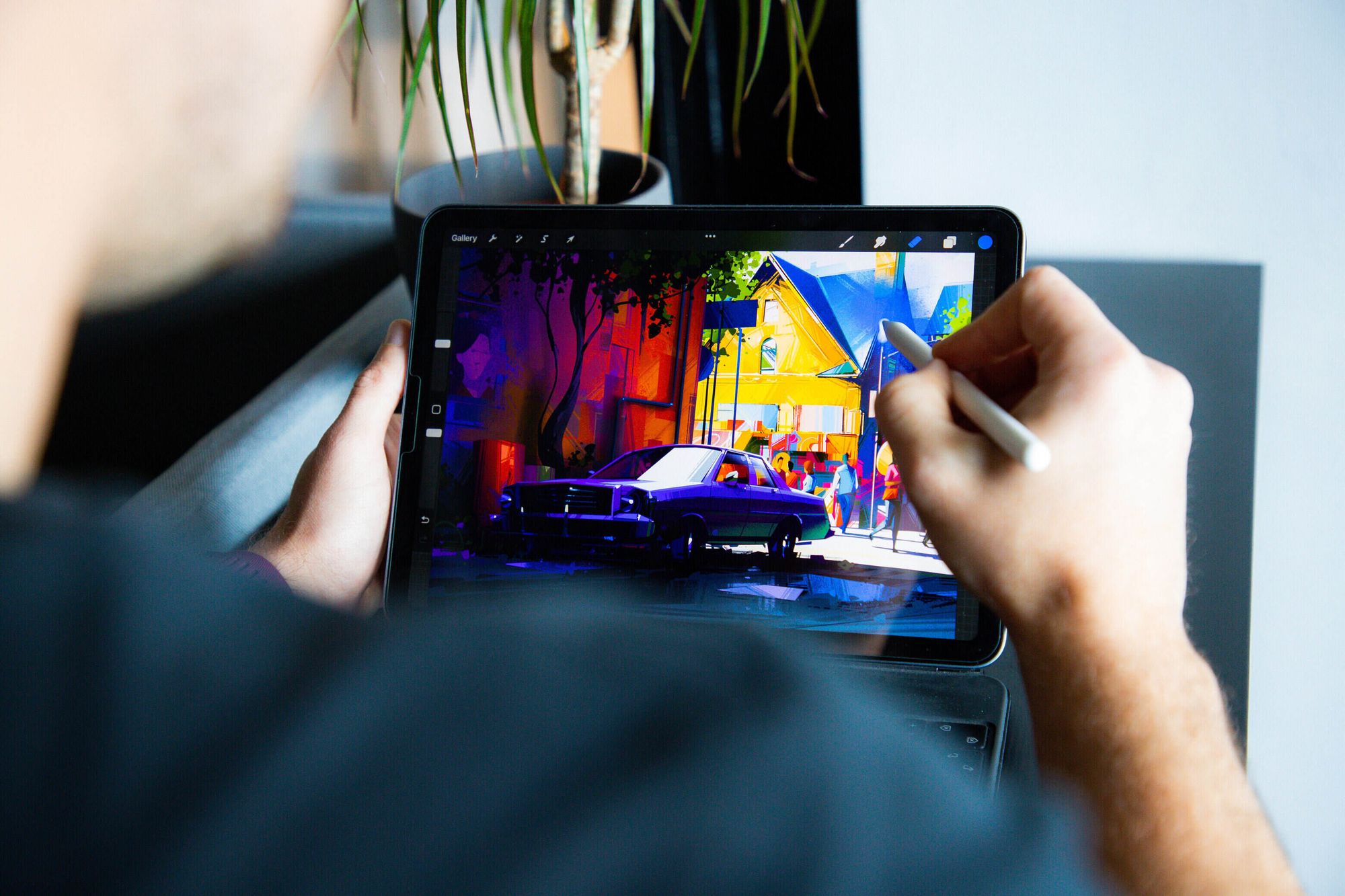How To Boost Creativity in Your Company
Read on to discover the benefits of promoting creativity and learn actionable tips for encouraging it.

A workplace should be bursting with creativity, but unfortunately, this is often not the case nowadays. Although you can’t impose creativity and it sometimes comes to you when you least expect it, you can still generate a creative work atmosphere to encourage an innovative way of thinking.
People creatively involved at work are more engaged, happier, and more productive. As a result, companies that support creativity may also notice an increase in revenue. The ability to adapt, and, most significantly, innovate how talents approach their work duties all derive from creativity.
Regardless of where you place yourself on the creativity scale, there's always a potential for development in the workplace. This blog post provides suggestions on how to boost creativity in your company.
Employ the Right People
Companies that emphasize diversity in the hiring process frequently attract talents with various viewpoints. Having fresh eyes on a subject enables one to approach it from different perspectives and develop innovative solutions.
A diverse team can include a wide range of skills and approaches to solving problems that can be used to motivate others. Then the team can benefit from the knowledge of each member. It often happens that the views of talents from similar educational and cultural backgrounds are highly similar or become such. Since creativity implies a range of problem-solving strategies, it’s a good strategy to recruit talents from all walks of life.
Focus your hiring efforts on people with various skill sets. This fosters a fresh and dynamic environment with more creativity.
Ask for Improvement Advice
The opinions of talents are often neglected when business-related choices are made. The average talent spends roughly 40 hours at work each week. This makes them eligible to recognize when something has to be changed and they frequently have different ideas on how to improve things.
However, they may not come to you and tell you their suggestions. So, inquire about the thoughts and views of your talents. In this manner, you can effectively include them and gather different opinions about how to improve the workplace.
Encourage Creativity Through Office Design
A creative workplace encourages innovation.
Think about the design of your office, from the color palette and lighting fixtures. Colors affect a room's energy, which may encourage or inhibit creative thoughts. For instance, individuals are usually more relaxed and energized in spaces with pastel blues and greens than in those with white or dark walls.
Lighting also plays a significant role through adequate illumination of places, making it easier to concentrate. Where natural light is lacking, think about adding more of it or switching to light bulbs with a slightly warm color.
Even if your workplace design favors cubicles over open space, there are still methods to encourage talents to be inspired by their surroundings. You may, for instance, invite talents to bring personal decorative objects, pictures, or prints. If doable, hang some attractive pieces of art on the wall, and add desk and floor lamps. Consider adding plants to help purify the air and add a sense of nature within the office.
These and other aspects may foster an environment where talents feel more at ease and inspired to work.

Embrace Failure
One of the key indicators of the creativity level is how failure is handled inside a company. Creative individuals need to feel comfortable trying new ideas and methods. That implies not penalizing failure. If your talents fear being ridiculed or penalized if their initiatives aren’t what the company is looking for, why should they even try?
Failure forces you to look at things from different angles before moving on. And these new viewpoints boost creativity.
Fear prevents us from straying from the well-known path, eliminating any chance of enhancing, simplifying, or inventing new, more efficient work methods. Failure that occurs when pursuing novel concepts should be embraced. This promotes innovative thinking that leads to new productivity peaks.
Ensure Psychological Safety
Increasing your talents' innovation capacity and confidence is vital so they can communicate ideas freely without anxiety. A great place to start would be to create an atmosphere of safety where talents have access to support, either from HR or from their team/project leader, in cases when things don't go as intended.
Therefore, establishing transparent guidelines is one of the first things you can do when promoting creativity. You must inform your team that their employment won't be jeopardized if their suggestions don't work. Additionally, emphasize giving positive feedback and praising accomplishments to boost talents' self-esteem.
Rewarding a strong work ethic, a task well done, or innovative thinking adds value to your talent. This practice makes talents feel appreciated and more motivated to work productively.
Reduce Strict Deadlines
Although it's said that "necessity is the mother of innovation", this does not always imply that individuals are more creative when they are subjected to stress related to deadlines.
Your team will be chasing duties and won’t have space for fresh ideas if they are continually short on time and have an infinite backlog of tasks. Therefore, while you might occasionally be compelled to use your creativity when a problem arises at the last minute, you'll likely use it most effectively in a more laid-back setting when you are not under pressure to do a task right away.
Make Time and Space for Fun Activities
All year long, plan sporadic team or company incentives. This could involve anything from buying lunches to going to a sports or video games center.
If possible, consider adding workout or video gaming room in the office. It may lessen the stress associated with work by allowing talents to get to know one another in a more relaxed setting.
Address Tough Subjects and Provide Constructive Feedback
Creating a welcoming environment for the talents is of great importance. You must be able to handle challenging subjects and offer constructive feedback if you want to have a completely productive and creative workplace.
Everyone should embrace constructive criticism because it focuses on a situation, not an individual. In addition, feedback provides actionable suggestions on how to make positive improvements and shouldn't be perceived as disrespectful. Your team will develop a growth-oriented mentality due to these two aspects, making them aware of the need for change.
Be receptive to ideas and feedback from your talents as well. Always have a suggestion box available so that talents may offer suggestions privately. Even in an open setting, some people want discretion.
Provide Flexibility and Freedom in How Work Is Done
A change of surroundings might occasionally help inspire fresh thinking. Change your team's routine by having off-site meetings or walking meetings. As it helps to shake up the ordinary, brainstorming in a coffee shop could result in more ideas than you anticipate. As for the walking meetings, you can hold them in a park and get some exercise, fresh air, and sunlight to get the ideas flowing.
If possible, consider modifying or enhancing your present remote work policy. Aim to provide talents more freedom while also assisting them in saving money and time on travel.
Support Further Education
Creativity is often hindered by routine and repetition.
Enable talents to continuously learn, look for new information, and consider different methods of doing things. Motivate talents to participate in training or go to educational conferences and events that are specific to a field, skill set, or area of interest.
Final Thoughts
Creativity is not just a "nice to have" feature for a workplace; it's a crucial element for success in today's business.
By encouraging and fostering creativity in the workplace, you can attract and retain top talent, increase revenue and productivity, and stay ahead of your competition. Don't hesitate to make the necessary changes to cultivate a creative work atmosphere — your company, employees, and the bottom line of your balance sheet will thank you for it in the long run.

